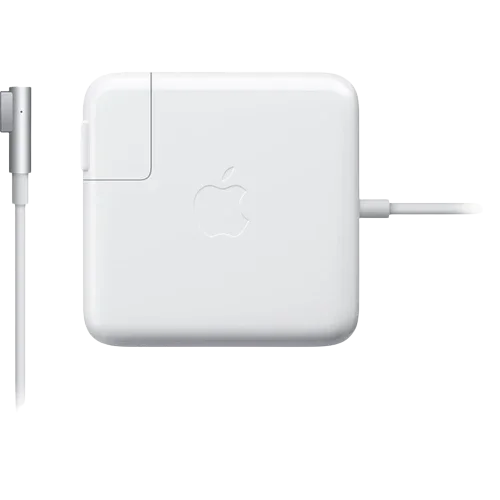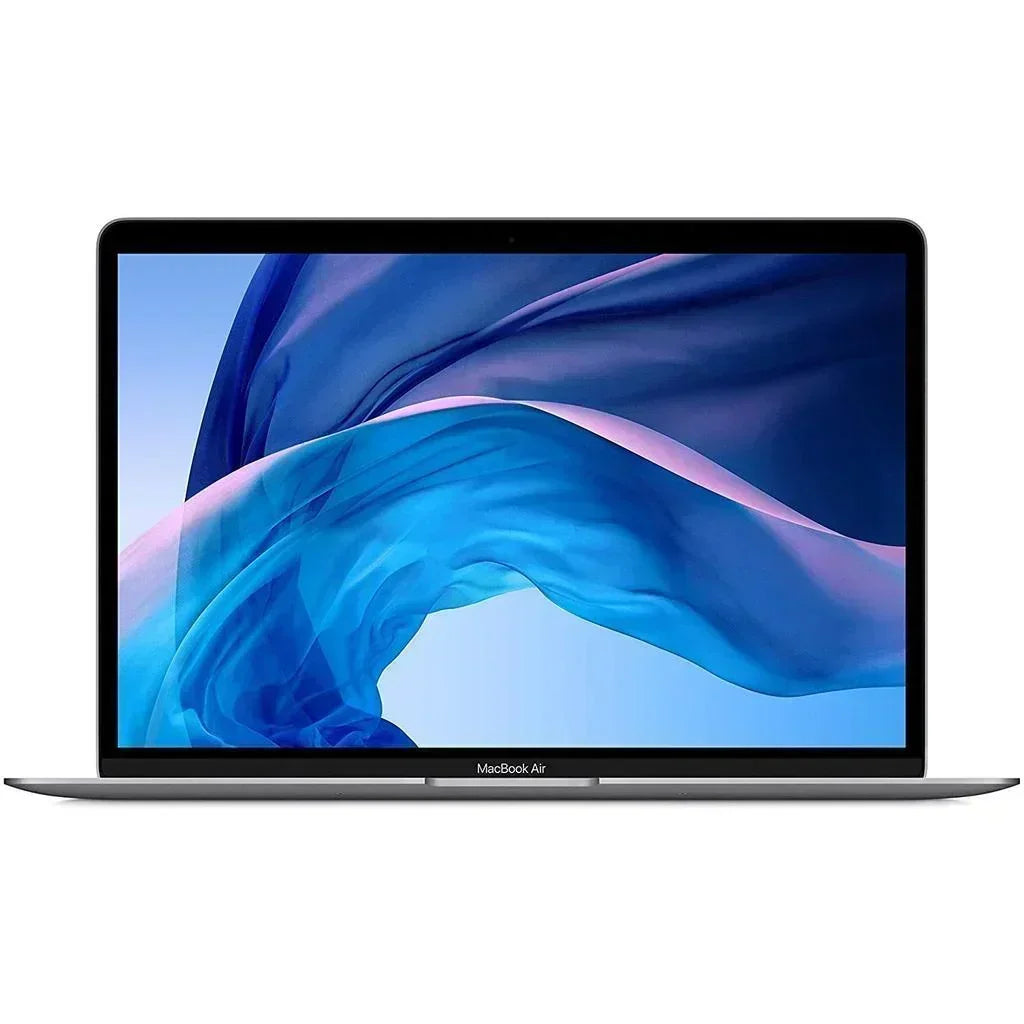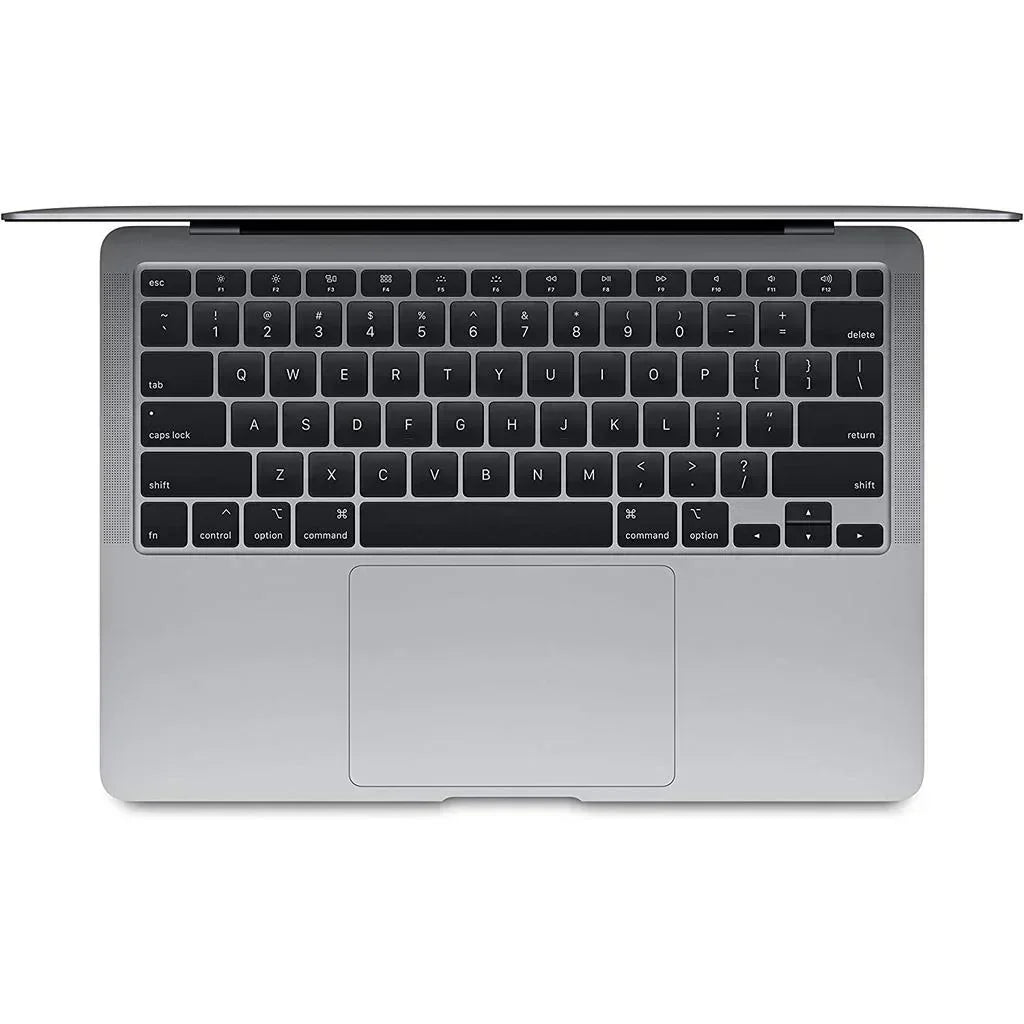Bricks to Clicks: How the Telephone and Cellphone Changed the World
Imagine a world where reaching your loved ones across town meant sending a telegram or hopping on a train. Sounds wild, right? Well, that was life before the invention of the telephone! Today, we take for granted the ability to connect with anyone, anywhere, instantly. But the journey from wired conversations to pocket-sized mobile phones is a fascinating story of innovation and its impact on society.
Get ready to dial back the clock and pick up the receiver on a journey through history. We'll explore how the first telephones revolutionized communication, shrinking distances, and fostering closer connections.
1870s: The Dawn of the Telephone
In the 1870s, the world got its first taste of instant communication with the invention of the telephone by Alexander Graham Bell in 1876. Imagine a time when sending a message across town meant a telegram or a long journey. The early telephones were a game-changer, but they weren't quite the chatty, long-distance marvels we know today. Their range was limited, meaning you could only connect with someone if they were physically hooked to the same network.
Late 1800s - Early 1900s: Going the Distance
The late 1800s and early 1900s witnessed a revolution within the telephone evolution itself. This era saw the exciting development of long-distance telephone lines, stretching communication capabilities far beyond the limitations of local networks. Imagine the possibilities! You could finally chat with a loved one who had moved across the state or conduct business deals in distant cities without ever leaving your office.
This leap forward wasn't possible without another ingenious invention: the switchboard. These marvels, often operated by skilled women nicknamed "hello girls," acted as the central nervous system of the telephone network. By manually connecting callers through a maze of wires and plugs, switchboards allowed people to reach anyone else on the growing network, regardless of location.
Early 1900s: Reaching New Heights
The early 1900s saw the telephone experience some major upgrades, making it even more convenient and accessible for everyone. This era marked the introduction of the iconic rotary dial telephone. Anyone remember those satisfying clicks as you spun the dial to reach your desired number? These replaced the earlier cumbersome crank telephones, streamlining the dialing process and making calls quicker and easier.
Another innovation of this period was the rise of telephone booths. These ubiquitous red (or sometimes brightly colored) booths became a fixture in public spaces, offering a convenient way to make calls on-the-go. No longer confined to your home or office, you could grab a dime (yes, a dime!), step into a booth, and connect with anyone, anywhere.
Mid-1900s: The Birth of Cell Phones
The mid-1900s witnessed a seed being planted: the birth of cell phones. While we still had a long way to go from bulky prototypes to pocket-sized wonders, this period laid the groundwork for the future of mobile communication.
The key innovation was the invention of cellular technology. Geographic areas were divided into smaller zones called "cells," each with its own base station. This allowed for a more efficient way to handle mobile phone calls, compared to the single, powerful base stations used earlier.
In 1973, the world got a glimpse of this mobile future with the first handheld mobile phone prototype by Motorola. This wasn't quite the sleek device we know today – it was more like a brick you could hold (and likely injure yourself with!). However, it marked a crucial turning point. The idea of carrying a phone with you, making calls away from a desk or booth, was no longer science fiction. President and CEO Reshma Moorthy stated, “The evolution and purpose of cell phones continues to amaze me every day – Since we rely heavily on our cell phones to do more than call someone, our data shows up on the radar of all hackers to try and steal information in so many ways - through Phishing, Smishing, etc. [discussed further in this article]”.
2000s: The Era of Smartphones
The 2000s brought in a new era - the era of smartphones. Gone were the days of bulky "brick phones" solely used for calls. This decade saw a dramatic shift towards smaller, more user-friendly devices like the iconic Nokia 3310. These phones were easier to carry, boasted longer battery life, and even offered basic games like Snake (remember the hours spent trying to beat your high score?).
Furthermore, smartphones started integrating features that once required separate devices. Built-in cameras allowed for capturing memories on the go, while email and web browsing capabilities transformed phones into mini-computers.
Within three years of Nokia’s 3310 launch, mobile malware arrived, and this problem still exists today. Think back approximately 10 years ago, the first mobile virus was named Cabir – a worm that infected the Symbia 60 OS operating system. An international group known as 29A created this as a proof-of-concept virus using an attack vector that was common (then) to almost all Symbian smartphones – Bluetooth. This virus appeared on the smartphone as an .SIS file and installed itself directly into the operator’s directory.
2010s - Present: The Age of Hypoconnectivity
The 2010s and beyond mark the era of hypoconnectivity, fueled by the dominance of smartphones.
The development of app stores like Apple's App Store and Google Play Store opened Pandora’s box of possibilities. Millions of apps flooded the market, catering to every imaginable need and desire. From social media to banking, shopping to navigation, these apps transformed smartphones into essential tools for work, entertainment, and social interaction. The integration of features like social media, GPS navigation, and advanced multimedia further blurred the lines between communication and other aspects of our lives. We could now connect with friends and family instantly, navigate unfamiliar territories with ease, and capture high-quality photos and videos – all on one device.
Here are the top trends (from 2023) that are creating havoc on our smartphones:
Phishing, smishing and vishing
Physical Security
SIM Hijacking
Apps: Nuisanceware, premium service dialers, cryptocurrency miners
Open WiFi
Surveillance, spying and stalkerware
Ransomware
Trojans and financial malware
Mobile device management exploits
FTI knows firsthand the damage that anyone (or all) of these can cause whether it’s through your smartphone or computer. From a company standpoint, it’s critical to always be one step ahead, ensure the latest best practices among your employees is being followed and most of all ensuring that your equipment is equipped with the latest solutions to combat against these threats. Let’s have a conversation to explore further.
The Future: Whats Next for Phones?
Our journey from clunky telephones to hyperconnected smartphones continues! Foldable phone designs and voice-activated assistants hint at a future where phones seamlessly integrate into our lives. But with great power comes responsibility.
To navigate this exciting, hyperconnected world safely, be cautious about app downloads, avoid clicking suspicious links, and secure your Wi-Fi networks. Regular software updates, strong passwords, and mobile security software can further protect your information. As phone technology evolves, staying informed about security threats is key to enjoying a secure and amazing mobile experience.
“One of the more amazing things the cell phone is being used for today is assisting with solving crimes,” stated Moorthy. “Besides people taking videos of a crime happening, the data the cell phone stores are critical to helping law enforcement be more effective in finding criminals.”
Moorthy continued, “From the GPS coordinates the cell phone is built with, the call history, recorded messages stored on the phone and more, cell phones are more important and reliable for our future physical security.”









